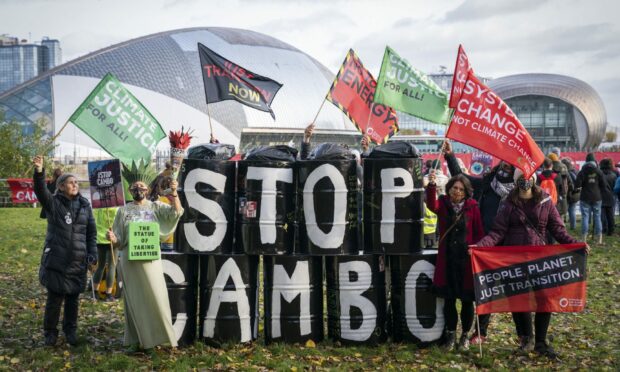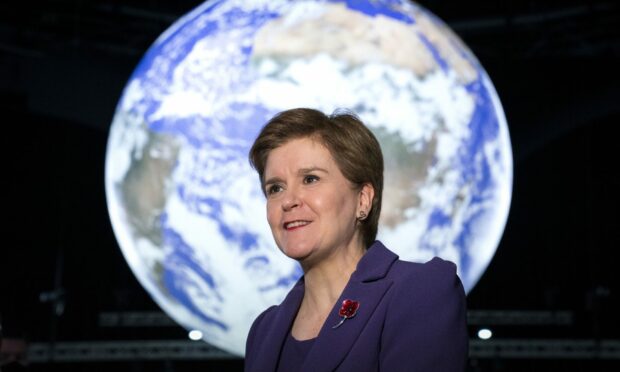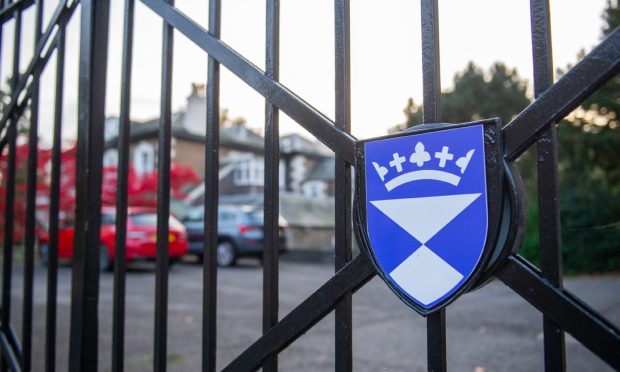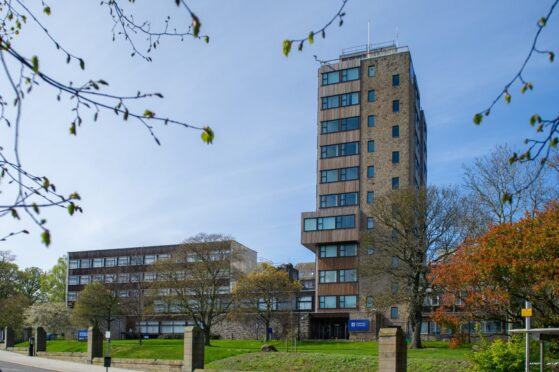The future of oil and gas in Scotland could be on borrowed time as the country attempts to plot a course towards a greener future.
The industry – which supports more than 71,000 jobs across the country – has sustained the north-east economy for decades through boom and bust.
Although its impact is strongest in Aberdeen and Aberdeenshire, thousands of people across Scotland and the rest of the UK make a living in the high-wage sector.
But the ground appears to be shifting, with calls from environmental groups to “turn off the taps” and huge doubt cast over the future of the Cambo oil field after energy giant Shell pulled out of the project.
There are now legitimate questions to be answered about how these workers will find employment in cleaner forms of energy.
Scotland’s politicians say a “just transition” is key to ensure communities are not left behind but employment figures show the scale of the challenge ahead.
Here, we take a look at the regions with the highest concentration of oil jobs, the economic contribution of the industry and ask: what happens next?
Where are oil and gas jobs in Scotland?
The sector supports a total of 71,500 jobs across Scotland, representing 33% of all oil and gas jobs in the UK – both directly and across the supply chain.
The vast proportion of these jobs – more than 65,000 – are based across Aberdeen and Aberdeenshire, highlighting the disproportionate impact turning off the taps could have on the north-east region.
Although jobs are most concentrated in the Granite City, the industry also supports 1,600 jobs in Edinburgh, 1,000 jobs in Glasgow, as well as 900 jobs across the wider Highlands and Islands region.
How much does the industry contribute?
The oil and gas industry is expected to generate more than £19 billion in gross value added (GVA) in 2021 – the equivalent to around 12% of the Scottish economy.
In economics, GVA is the measure of the value of goods and services produced in an area, industry or sector of an economy.
Again, the impact is most noticed in the north-east of Scotland with the industry expected to generate £14.6bn in Aberdeen in 2021 and more than £4bn in neighbouring Aberdeenshire.
However, £116m is expected to be generated across Highlands, Moray, Orkney and Shetland from the sector – emphasising the importance of a just transition to communities across Scotland.
New research carried out by Experian for Oil and Gas UK shows the sector provides jobs for 900 people across the Highlands and Islands.
In Shetland, the industry has played a vital role to the local economy for the past 40 years, thanks to the abundance of oil and gas reserves in the region.
The controversial Cambo oil field, off the coast of Shetland, became the focus for a wider debate around the future of oil and gas production.
What next for oil and gas in Scotland?
The debate about the future of the industry centres on the lack of clear alternatives for North Sea oil and gas workers.
Its been accelerated by three main factors: the new SNP-Green government coalition, the global climate crisis and the downturn of the industry itself.
The first minister’s stance has already shifted significantly.
In November, Ms Sturgeon said the move away from oil and gas should happen “as quickly as possible”.
She has also spoken out against the Cambo oil field in recent weeks and faced claims she has “fully abandoned” the North Sea oil and gas industry.
Industry body Oil and Gas UK warned skilled jobs will be axed unless Holyrood addresses the growing belief that oil and gas can end with a “flick of the switch”.
The debate has also caused unrest inside the SNP.
Fergus Mutch, the SNP’s former head of communications and research, said blocking Cambo would lead to “unemployment and more imported oil for decades”.
The UK Government has so far refused to back the first minister’s stance on Cambo and has warned jobs are at risk from “turning off the taps”.
However, Shell, which controls a 30% stake in the scheme has taken the decision not to progress its investment, casting huge doubt over the scheme.
The final decision is yet to be made on this controversial development and much of the wider debate is yet to play out in the months and years ahead.
However, all eyes will be on both governments to deliver a tangible plan, real investment in cleaner forms of energy, and support to help the thousands of jobs that rely on the industry.












